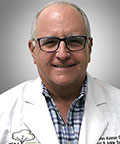Turf Toe: symptoms, treatments & prevention

What is turf toe?
Turf toe is essentially a sprain or hyperextension of the primary joint in the big toe. It’s often related to how the toes bend firmly against the ground while the foot falls forward. If the ground isn’t shock absorbent, such as with pavement or turf, trauma and damage can occur. Turf toe is sometimes referred to as a jammed or sprained toe, though the condition is more specific than that.
More specifically, turf toe is an injury to the main joint of your big toe, known as the metatarsophalangeal joint (MTP), and the plantar complex in the ball of the foot. Located at the base of your big toe, the plantar complex consists of the MTP joint as well as the tissues, ligaments, and tendons that connect the metatarsal bone in your foot to your toe bone. While this injury can occur in the smaller toes, the American Academy of Orthopaedic Surgeons generally classifies turf toe as a big toe injury.
-
Foot and Ankle Surgeon at University Foot and Ankle Institute
Dr. Charles Kelman, DPM, is Board Certified by the American Board of Podiatric Surgery, as well as a Fellow of the America’s College of Foot and Ankle Surgeons. After attending California College of Podiatric Medicine, Dr. Kelman took his residency at Monsignor Clement Kern Hospital in Warren, Michigan.
Dr. Kelman, who entered into practice in 1980, specializes in forefoot surgery, sports medicine and rheumatology. He has volunteered as a Clinical Instructor at the Northridge Family Practice Residency Program since 1989. Dr. Kelman also donates his time at the Westminster Free Clinic.
 Great doctor. Great staff. Highly recommend.Howgol
Great doctor. Great staff. Highly recommend.Howgol Overall, it was a great experience. I've been coming to Dr. Kellman for about a year and he and his staff are very helpful.Vanessa W.
Overall, it was a great experience. I've been coming to Dr. Kellman for about a year and he and his staff are very helpful.Vanessa W. Dr Briskin operated on my toe to correct a hammertoe. He a very professional doctor and personable, as well. The operation wa...Rosemary B.
Dr Briskin operated on my toe to correct a hammertoe. He a very professional doctor and personable, as well. The operation wa...Rosemary B. Dr Baravarian and the entire UFAI staff were wonderful, kind and very professional. Every interaction with the team at the offi...Duane F.
Dr Baravarian and the entire UFAI staff were wonderful, kind and very professional. Every interaction with the team at the offi...Duane F. ExcellentDebasish M.
ExcellentDebasish M. Everyone was friendly and professional.Victor L.
Everyone was friendly and professional.Victor L. Very efficient and an excellent serviceHorwitz J.
Very efficient and an excellent serviceHorwitz J. Chaos in the office checkin. We weren’t forewarned about the iPad data collection. That made me late for a following appointmen...Carl C.
Chaos in the office checkin. We weren’t forewarned about the iPad data collection. That made me late for a following appointmen...Carl C. Dr Nalbandian is an exceptional doctor and person. The staff respectfully & compently delt with an issue I had regarding a prev...Karen M.
Dr Nalbandian is an exceptional doctor and person. The staff respectfully & compently delt with an issue I had regarding a prev...Karen M. Visiting the office is a pleasurable occurance.Thomas J.
Visiting the office is a pleasurable occurance.Thomas J. Dr Kelman and his staff are always wonderfully caring and respectful to my father who has Alzheimer's dementia.Erland E.
Dr Kelman and his staff are always wonderfully caring and respectful to my father who has Alzheimer's dementia.Erland E. Thank you for being there for your patients.Dieter B.
Thank you for being there for your patients.Dieter B.
-
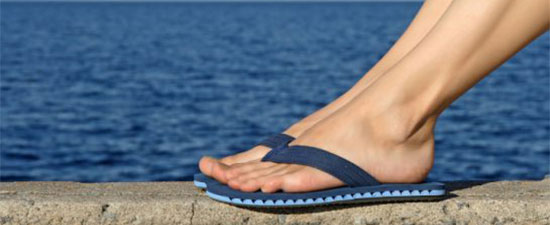 Listen Now
Flip-flops Causing You Pain? Protect Your Feet This Summer!
Read More
Listen Now
Flip-flops Causing You Pain? Protect Your Feet This Summer!
Read More
-
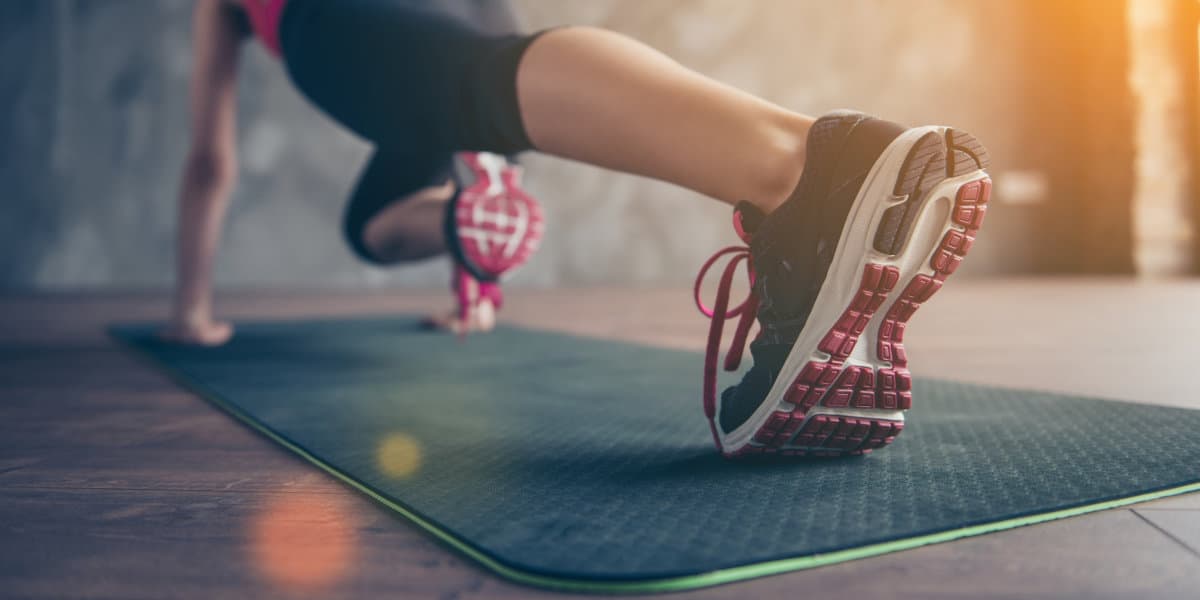 Listen Now
9 Running Tips from Sports Medicine Experts
Read More
Listen Now
9 Running Tips from Sports Medicine Experts
Read More
-
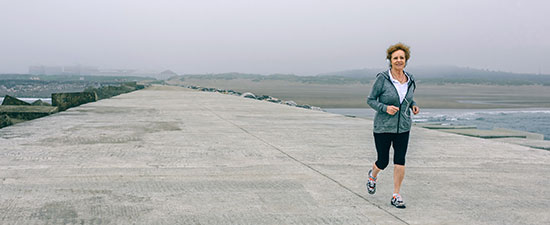 Listen Now
Common Foot Problems In Aging Feet: What To Watch Out For
Read More
Listen Now
Common Foot Problems In Aging Feet: What To Watch Out For
Read More
-
 Listen Now
15 Summer Foot Care Tips to Put Your Best Feet Forward
Read More
Listen Now
15 Summer Foot Care Tips to Put Your Best Feet Forward
Read More
-
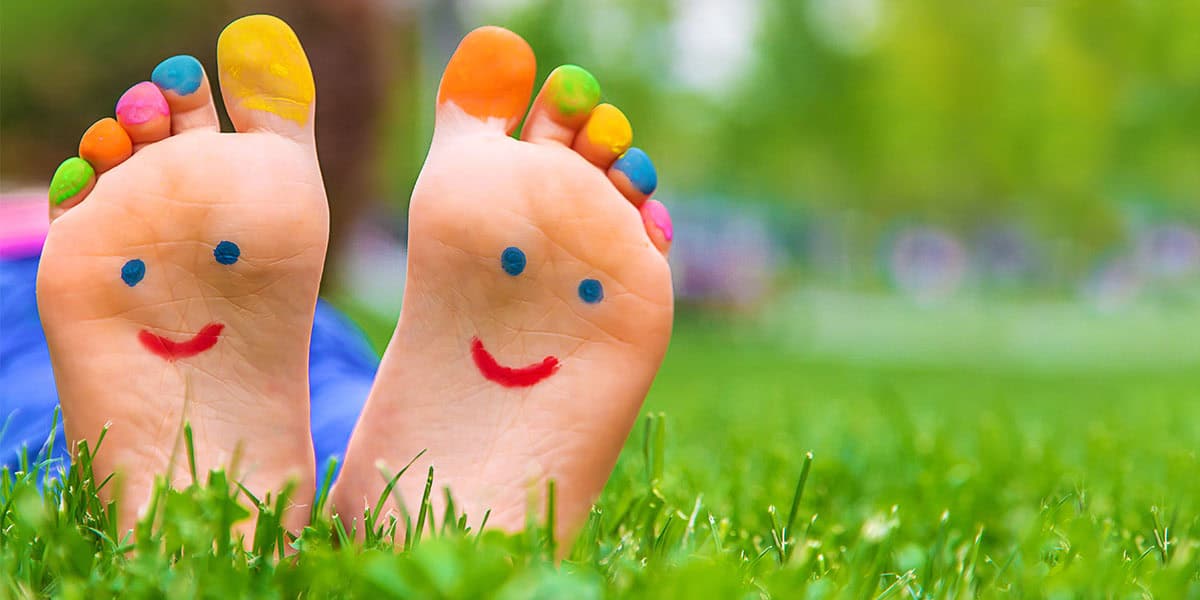 Listen Now
Is Foot Analysis Better than Horoscopes? What Do Your Toes Reveal About Your Personality?
Read More
Listen Now
Is Foot Analysis Better than Horoscopes? What Do Your Toes Reveal About Your Personality?
Read More
-
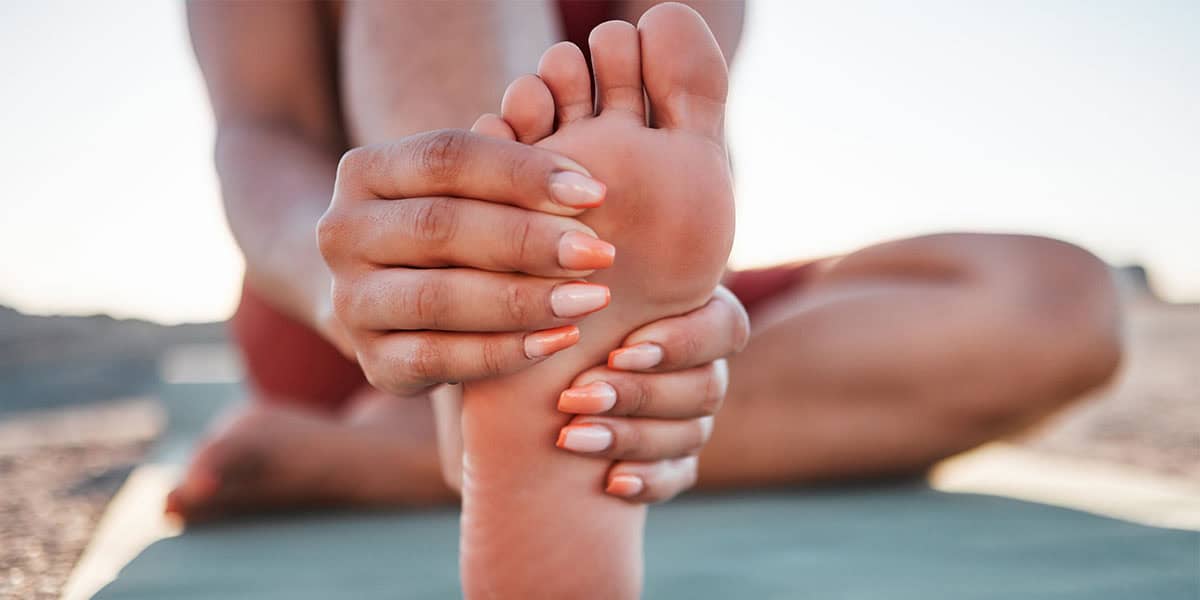 Listen Now
Could Feet Be the Windows to Your Health?
Read More
Listen Now
Could Feet Be the Windows to Your Health?
Read More
-
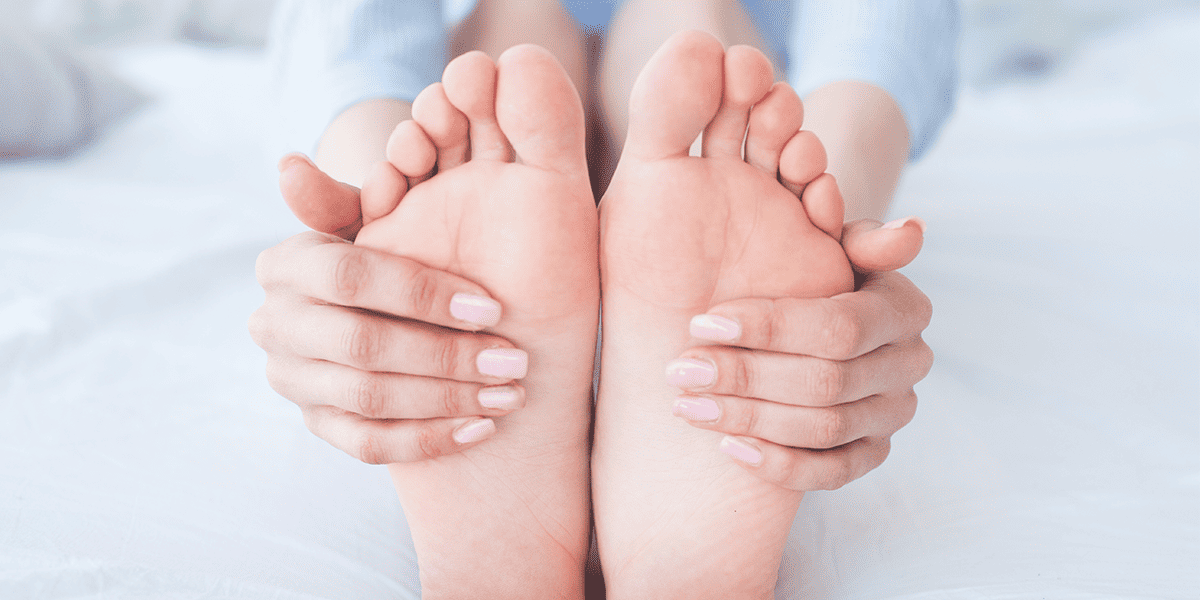 Listen Now
Why Are My Feet Different Sizes? It's More Common Than You Think
Read More
Listen Now
Why Are My Feet Different Sizes? It's More Common Than You Think
Read More
-
 Listen Now
Do blood pressure medicines cause foot pain?
Read More
Listen Now
Do blood pressure medicines cause foot pain?
Read More
-
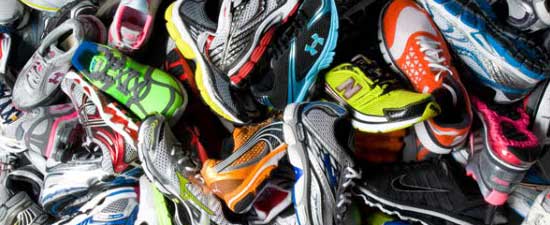 Listen Now
How to Choose Running Shoes: 6 Essential Steps
Read More
Listen Now
How to Choose Running Shoes: 6 Essential Steps
Read More
-
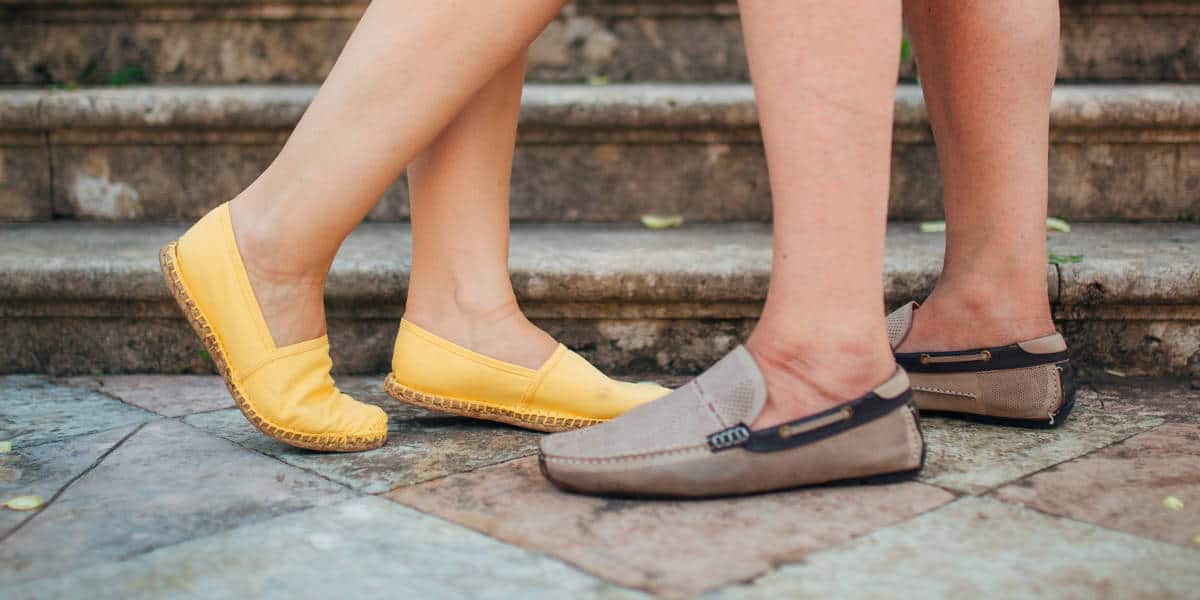 Listen Now
Revealing the Secrets of Men's and Women's Shoe Sizes: Why Are They Different?
Read More
Listen Now
Revealing the Secrets of Men's and Women's Shoe Sizes: Why Are They Different?
Read More
-
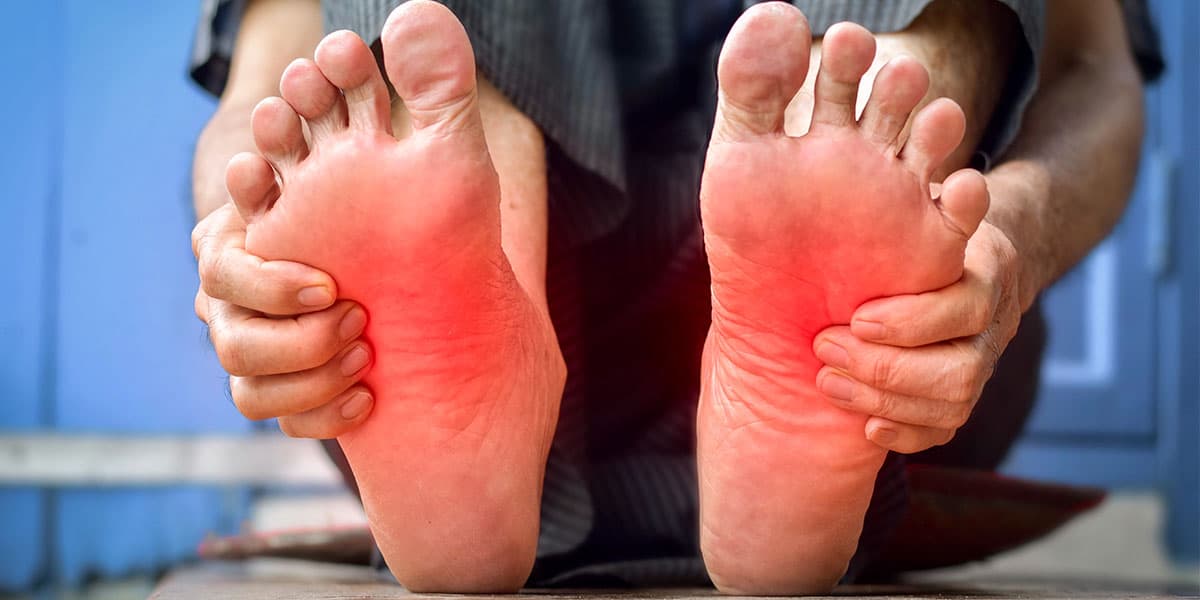 Listen Now
What is erythromelalgia?
Read More
Listen Now
What is erythromelalgia?
Read More
-
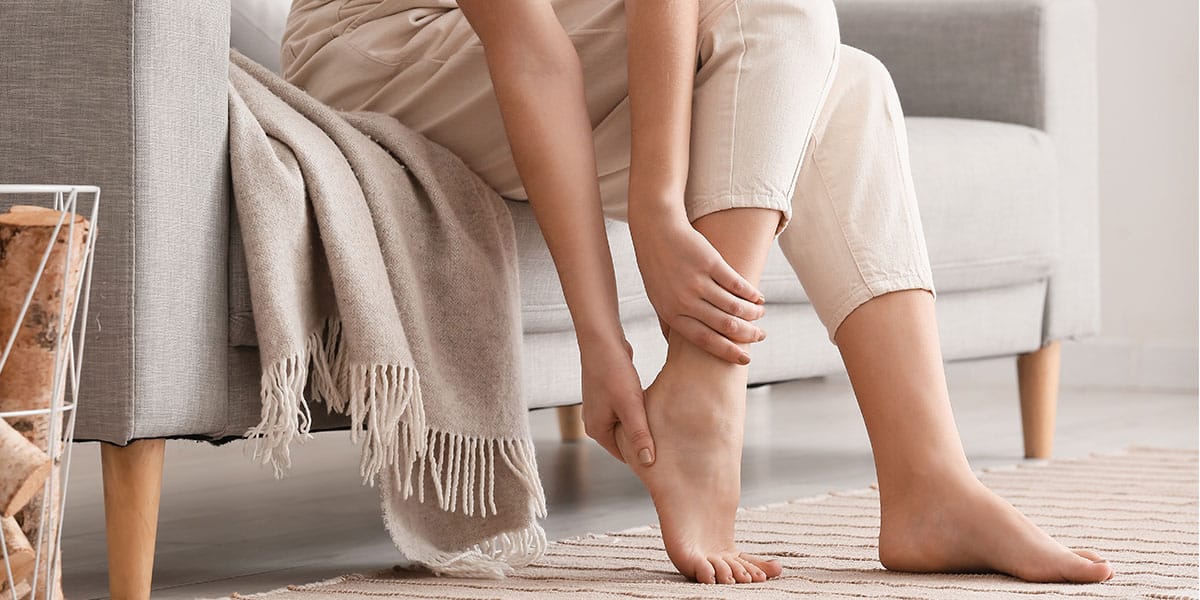 Listen Now
The Link Between Foot Health and Posture
Read More
Listen Now
The Link Between Foot Health and Posture
Read More
-
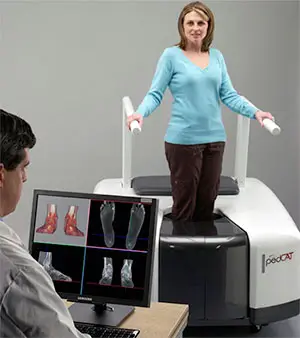 State-of-the-Art CT Scanning, Now in Our Office
Read More
State-of-the-Art CT Scanning, Now in Our Office
Read More
-
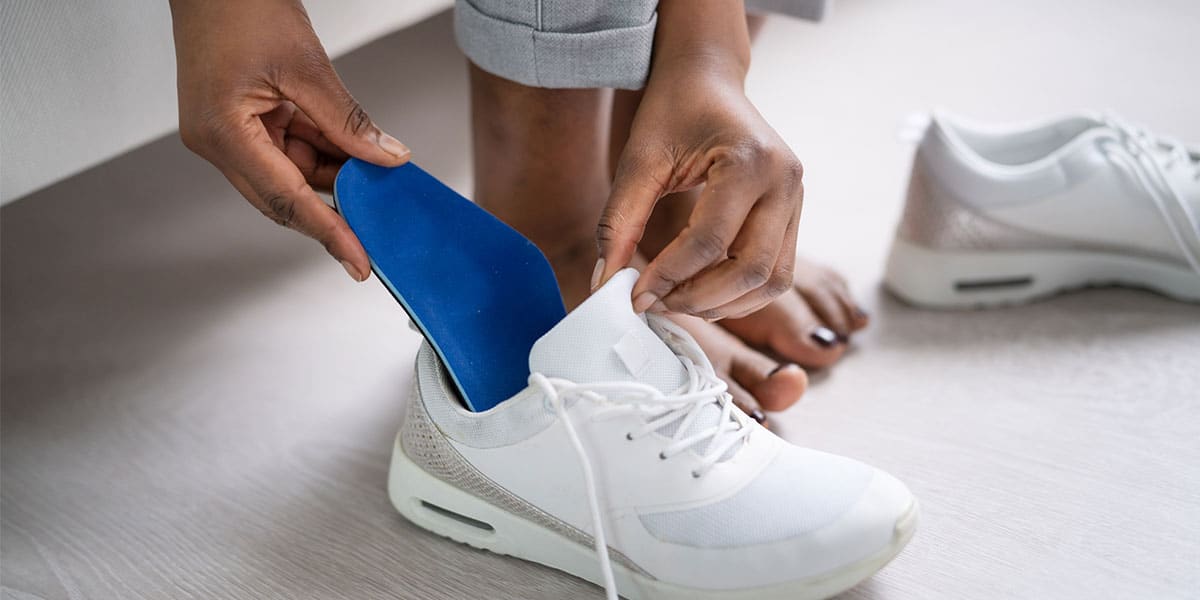 Listen Now
Custom Orthotics vs. Over-the-Counter Inserts: Which Are Best for Your Feet?
Read More
Listen Now
Custom Orthotics vs. Over-the-Counter Inserts: Which Are Best for Your Feet?
Read More
-
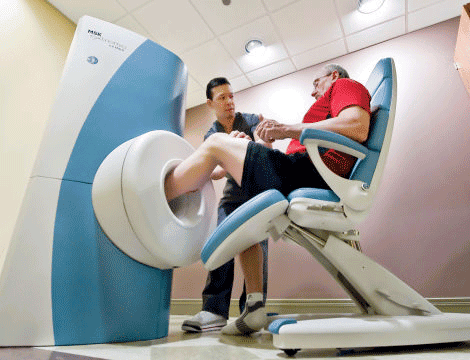 Listen Now
Revolutionizing Extremity Imaging: UFAI's Open MRI for the Foot and Ankle
Read More
Listen Now
Revolutionizing Extremity Imaging: UFAI's Open MRI for the Foot and Ankle
Read More
